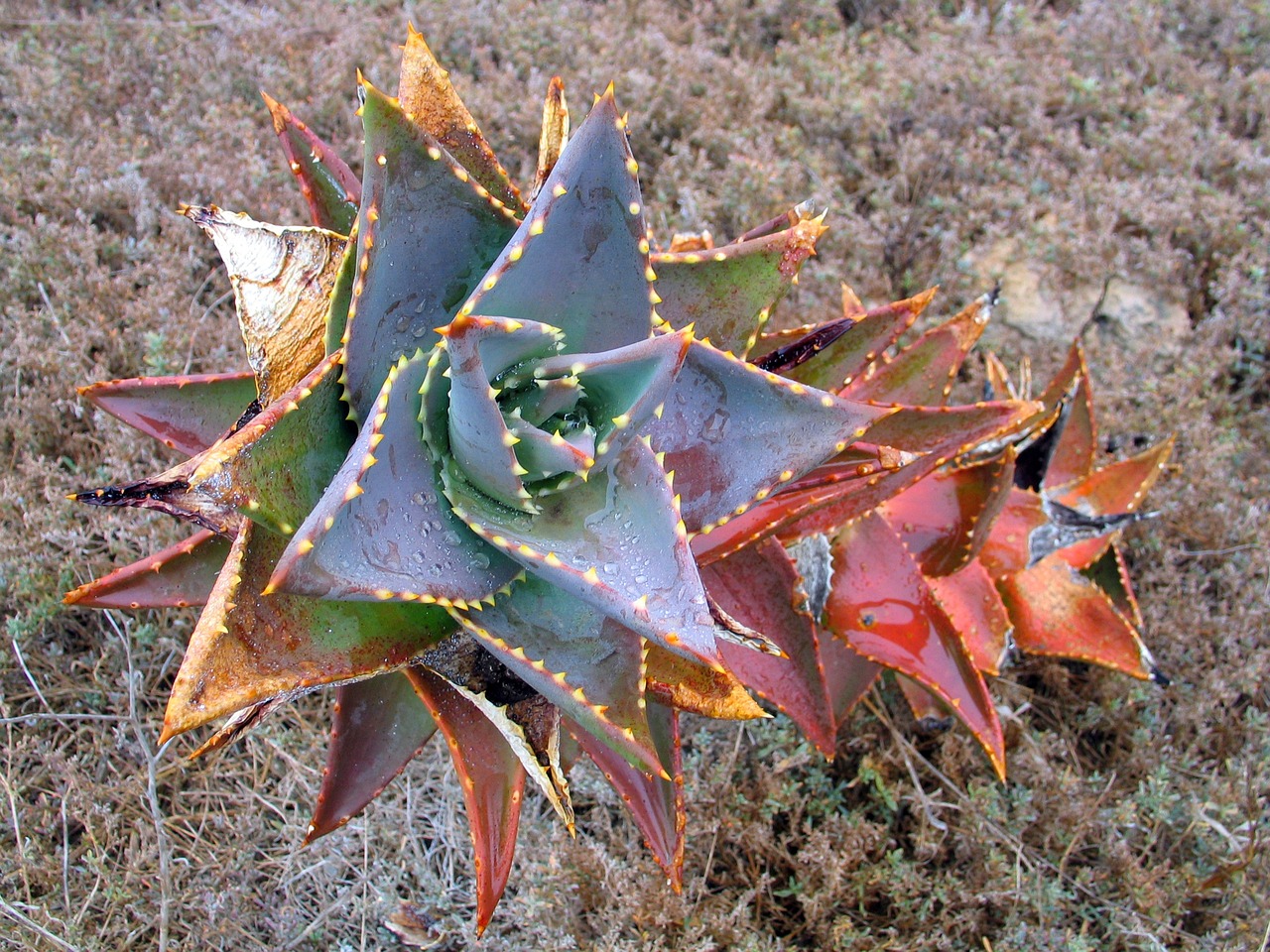Aloe plants are popular for their medicinal properties and ease of care. They make a wonderful addition to your home garden, offering a minimalist touch with their unique appearance. However, like any other plants, aloes can run into problems. One such issue that concerns many aloe owners is browning of the plant. If you find yourself asking, “Why is my aloe plant turning brown?” you’re not alone.
If your aloe plant is turning brown, the issue could be anything from sunburn and overwatering to diseases and pests. This comprehensive guide will explore the ten most common reasons behind this problem and offer solutions to restore your aloe to its original healthy green hue.
Is My Aloe Plant Getting Too Much Sun?
Overexposure to sunlight can cause your aloe plant to turn brown. While aloes thrive on sunlight, too much of it can cause sunburn, leading to a browning appearance.
If your aloe is placed in direct sunlight for long periods, especially during the hotter months, you may need to consider relocating it. Move it to a spot where it will receive indirect sunlight, or shield it with a curtain or shade. Monitor the plant for a few days to see if the condition improves.
Are You Overwatering Your Aloe Plant?
Overwatering is a common mistake, especially for new plant owners. Aloe plants are succulents that can retain water in their leaves, meaning they require less frequent watering.
If the soil is soggy and the plant looks brown, you are probably overwatering. Drain the excess water and let the soil dry before watering again. Always ensure that your pot has a drainage hole to prevent water logging.
How’s the Soil?
The type of soil your aloe plant is in can also influence its color. Aloes prefer well-drained, sandy or gritty soil that mimics their natural desert habitat.
If your aloe is in soil that retains too much water, consider repotting it into a more suitable soil mix. A combination of potting soil, sand, and perlite works well for aloe plants. Check the soil regularly to ensure it isn’t waterlogged.
Is the Pot Appropriately Sized?
The size of the pot can contribute to your aloe plant turning brown. A pot that is too large will retain more water, which can lead to root rot.
Choose a pot that is just a couple of inches larger in diameter than the root ball of the plant. Ensure that the pot has a drainage hole to allow excess water to escape, reducing the risk of root rot.
What is the Room Temperature?
Aloes are native to desert climates and are accustomed to warm temperatures. However, they do not fare well in extreme heat or cold.
If your aloe is turning brown and you suspect temperature to be the culprit, consider moving the plant to a more controlled environment. Keep it away from heaters, air conditioners, or drafty windows. The ideal temperature range for aloe plants is between 55 and 80°F.
Are There Pests on Your Plant?
Pests such as aphids, mealybugs, and spider mites can cause your aloe plant to turn brown. These pests can suck the sap from the leaves, leading to stress and discoloration.
Inspect the leaves and stems carefully for any signs of pests. If you spot them, you can treat your aloe with insecticidal soap or neem oil. Keep an eye out for recurrence, and treat as necessary.
Are There Signs of Diseases?
Fungal diseases like root rot can lead to a brown appearance. This is often a result of waterlogged soil and poor drainage.
If you suspect that your plant is diseased, remove it from its pot and examine the roots. Cut away any rotten parts and treat the remaining roots with fungicide before repotting. Ensure that you use fresh, well-drained soil and a clean pot.
Is Your Aloe Plant Mature Enough?
Mature aloe plants can sometimes naturally turn a light brown or reddish color. This is usually not a cause for concern and is a part of their natural growth cycle.
If your plant is mature and shows no signs of other issues like pests, diseases, or overwatering, then the color change may simply be a part of its natural aging process. However, keep an eye out for other symptoms to rule out any problems.
Are You Fertilizing Your Plant?
While aloe plants generally don’t require much fertilizer, using the wrong type or over-fertilizing can cause your plant to turn brown.
If you have been fertilizing your plant, it might be helpful to stop and flush the soil with water to remove excess nutrients. Always follow the guidelines on the fertilizer package and consider using one that is specially formulated for succulents.
Is There Chlorinated Water in the Soil?
Chlorinated water can cause brown spots on your aloe leaves. If your tap water is treated with chlorine, consider using filtered or distilled water for your plants.
Let the tap water sit for a few hours before using it, allowing the chlorine to evaporate. This can help in preventing the browning of leaves due to chlorine toxicity.
Conclusion: Why Is My Aloe Plant Turning Brown
Understanding the possible reasons behind “Why is my aloe plant turning brown?” is the first step towards finding a solution. From sun exposure and water to soil type and pests, several factors could be at play. By pinpointing the cause, you can take appropriate measures to help your aloe plant return to its original green, healthy state. Keep an eye on the changing conditions, adjust your care routine accordingly, and your aloe should bounce back to health.

